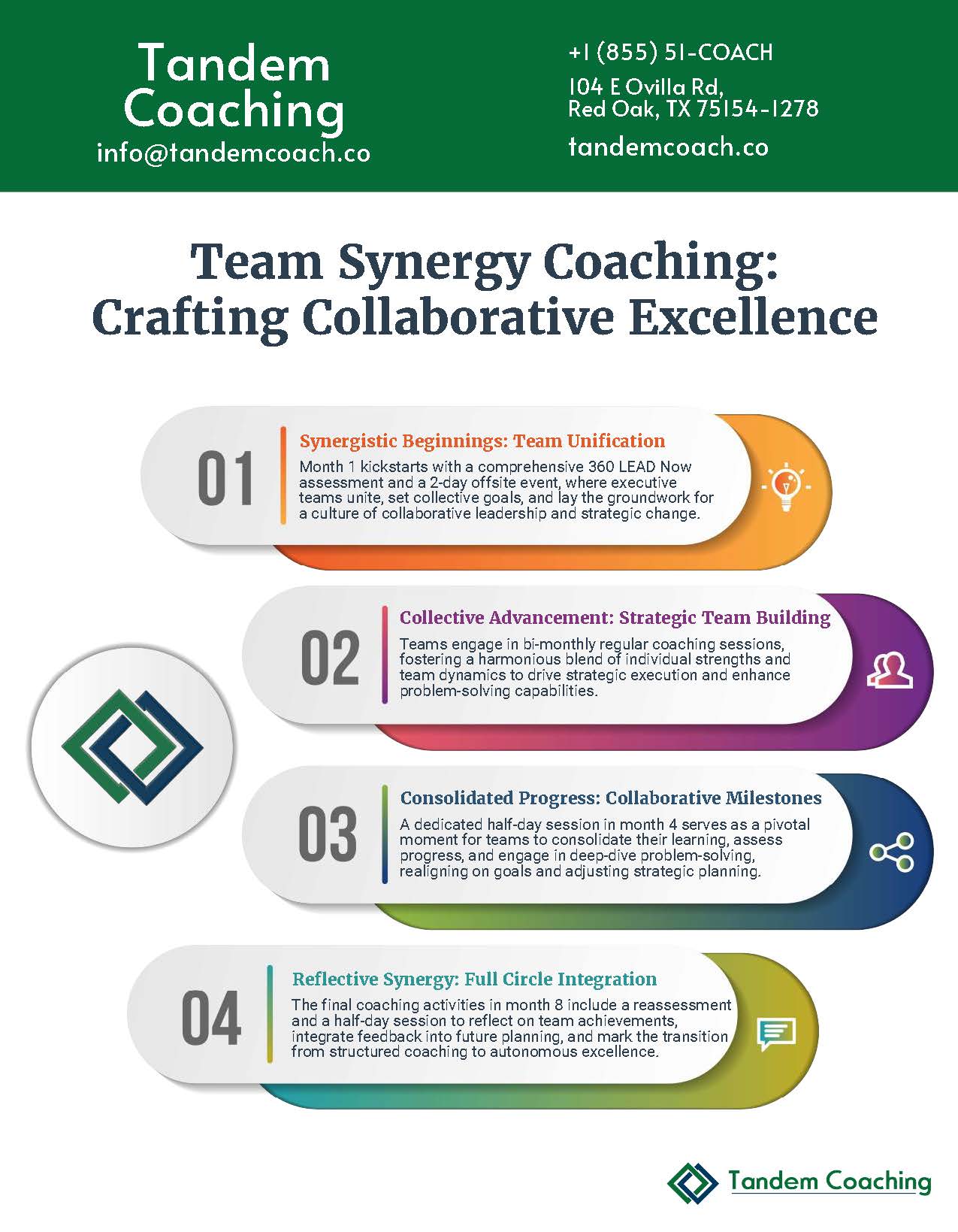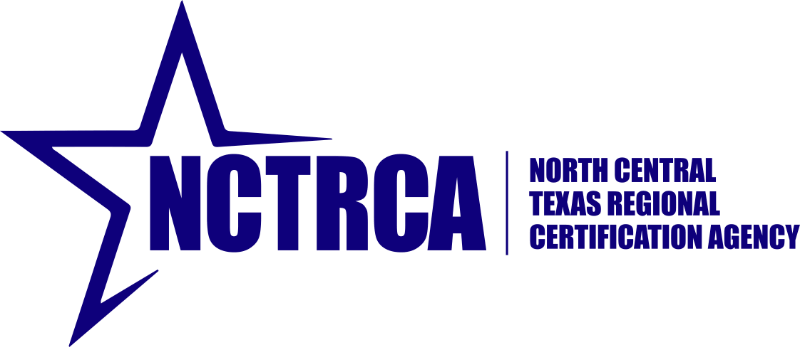According to a recent study, while 83% of organizations believe that leadership development is important to implement at all levels, and another 43% claim to prioritize closing these gaps, only 5% have actually taken some action towards this implementation.
The quality of its leadership largely determines an organization’s success. Effective leaders drive performance and foster a culture of innovation and collaboration. Leadership development programs are crucial in equipping current and future leaders with the skills to navigate complex challenges and inspire their teams. This article explores the importance of leadership development in the workplace, the skills it cultivates, and how to choose the right program for your organization.
Why is Leadership Development Important? – Quick Answer
Leadership development in organizations is significant because it enhances communication, fosters collaboration, and drives innovation within a company. It equips leaders with the skills to manage teams effectively, make strategic decisions, and create a positive organizational culture supporting continuous improvement and growth.
At Tandem Coaching, we offer a comprehensive leadership development program to meet your specific needs and goals and prepare your leaders for the future. Learn more about our program.

What is Leadership Development?
Leadership development involves activities and programs designed to improve leaders’ skills, abilities, and confidence within an organization. It involves various methods, including coaching, mastermind groups, workshops, mentoring, and experiential learning. The goal is to prepare individuals to lead, manage, and inspire within an organization. It involves cultivating essential skills, self-awareness, and professional growth to prepare for higher responsibilities and successful career transitions.
Skills Gained in a Leadership Development Program
Participants in leadership development programs typically gain a wide range of skills, including:
- Effective Communication: Effective communication is needed in every area of leadership, from empathetic listening to giving and receiving feedback, from introducing new ideas persuasively to writing compelling emails.
- Strategic Thinking: Thinking ahead and setting priorities for the future is often postponed when there are fires to put out and sprints to complete. However, the ability to switch to a bird’ s-eye view and set the course for the organization’s future will pay off in the long run.
- Decision-Making: This skill involves gathering the necessary information, considering various perspectives, and making a timely yet well-informed decision.
- Emotional Intelligence: Building trust and empathizing with your team members are vital to this skill. Emotional intelligence allows you to build rapport and sense when morale is flagging.
- Conflict Resolution: When handled well, conflict can actually be healthy and lead to deeper connections between people. Avoiding conflict often leads to misunderstandings and resentments. Good conflict resolution focuses on seeing everyone’s perspectives and finding a solution rather than a scapegoat.
- Team Building: Team building activities can raise morale and boost employee engagement. They are also a fun way to strengthen cross-departmental relationships.
- Innovation Management: There’s a constant thirst for innovation. A great leader will encourage their team to develop new ideas and take the lead on testing and implementing the best of them.

Components of a Leadership Development Plan
A comprehensive leadership development plan typically includes the following components:
- Assessment: Various assessments can help you identify which skills to focus on in your development. 360-degree feedback, personality assessments, and skill assessments can all help you choose the right elements for your tailored leadership development plan.
- Goal Setting: The question here is, “What does success look like to you?” Determine where you would like to be at the end of the leadership development program and translate that into measurable goals.
- Coaching: Work on your self-awareness, emotional intelligence, and soft skills with a coach. The higher up you go, the less technical your job will be. Engage in coaching to fine-tune your leadership skills.
- Mentoring: Work with more seasoned leaders (mentors) who can provide access to resources, industry-specific expertise, and institutional knowledge to help you focus on what really matters.
- Mastermind Group Sessions: Peer-to-peer support and relationship-building will accelerate your growth in these very interactive sessions. Bringing a group of diverse leaders together is like building one giant brain that contains all their collective skills, resources, networks, knowledge, and expertise – a mastermind.
- Training: Training differs from coaching and mentoring in that it is about teaching you very concrete hard skills. At the leadership level, those will revolve around things like financial planning, strategy, and corporate software tools.
- Feedback: To introduce a certain level of objectivity, you need more than one perspective on your progress. Set up mechanisms that ensure that you get regular feedback from the five stakeholders you work most closely with (e.g., reports, peers, and seniors).
- Action Plans: Theory is good but is of limited use if it isn’t implemented. Make action plans to ensure that your newly acquired skills are used.
- Evaluation: Continuously assess your progress and make adjustments as needed. Growth and development are dynamic.

Why is Leadership Development Important? – Detailed Answer
The importance of leadership in organizations cannot be overstated. Surprisingly, few leaders show top leadership skills. Commercial acumen and business judgment were only perceived in 60%; a mere 48% were driving change and innovation, and the percentage building talent for competitive advantage was 40%, according to this study by Deloitte.
So what are the benefits of leadership development and how do they counteract these challenges?
Enhancing Communication
Effective communication is a cornerstone of successful leadership. Leadership development programs help leaders improve their communication skills, enabling them to convey their vision clearly, provide constructive feedback, and listen actively to their team members. Improved communication fosters a transparent and open environment where ideas can be freely exchanged, leading to better decision-making, problem-solving, and business judgment.
Fostering Collaboration
Collaboration is essential for organizational success. Leadership development programs teach leaders how to build and lead cohesive teams, encouraging collaboration and teamwork. Leaders learn to create an inclusive environment where diverse perspectives are valued and team members feel empowered to contribute their ideas. This collaborative culture enhances productivity and drives change.
Driving Innovation
Leadership development programs equip leaders with the skills to foster a culture of innovation within their teams. Leaders learn to encourage creative thinking, manage risk, and implement new ideas effectively. They can drive their organizations to innovate and adapt to changing market conditions by promoting a continuous improvement mindset.
Boosting Employee Morale and Engagement
Investing in leadership development demonstrates an organization’s commitment to its employees’ growth and well-being. This investment can boost employee morale and engagement, as team members feel valued and supported. Engaged employees are more productive, loyal, and likely to contribute positively to the organization’s success.
Succession Planning
Effective leadership development is a critical component of succession planning. By identifying and nurturing future leaders, organizations ensure they have a pipeline of capable individuals ready to step into leadership roles as needed. This proactive approach helps maintain stability and continuity within the organization.

How to Choose a Leadership Training Program
Choosing the right leadership training program is crucial for achieving the desired outcomes.
Here are some factors to consider:
- Relevance: Ensure the program addresses your organization’s specific needs and challenges.
- Content: Look for programs that cover a broad range of leadership skills, from communication and team building to strategic thinking and innovation.
- Format: Consider the format that best suits your leaders, whether it’s in-person workshops, online courses, or a blended approach.
- Expertise: Choose programs led by experienced facilitators with a proven track record in leadership development.
- Customization: Opt for programs that can be tailored to your organization’s unique goals and culture.
- Engagement: Ensure the program includes interactive and engaging elements that will keep participants motivated and involved.
Here at Tandem Coaching, we have built a comprehensive leadership development program based on years of experience and deep expertise in leadership development. Contact us to learn more about it now.

Frequently Asked Questions (FAQs)
Here are some common questions we get about leadership development:
How Does Leadership Development Influence Company Culture?
Effective leaders set the tone for the organization, modeling behaviors and values that promote a positive and inclusive culture.
Through leadership development, leaders learn to create an environment where employees feel valued, motivated, and aligned with the company’s vision and goals. This positive culture can lead to higher employee satisfaction, lower turnover rates, and improved overall performance.
What Role Does Leadership Development Play In Strategic Planning?
Leadership development is integral to strategic planning. It equips leaders with the skills to think strategically, make informed decisions, and align their efforts with the organization’s long-term goals.
By developing strategic thinking capabilities, leaders can better anticipate challenges, identify opportunities, and create plans that drive the organization forward.
Effective leadership development ensures that leaders are focused on day-to-day operations, look ahead, and position the organization for future success.
Why Is Continuous Leadership Development Important?
One of the benefits of continuous leadership development is that leaders remain effective and adaptable in a constantly changing business environment. As new challenges and opportunities arise, leaders must continually update their skills and knowledge.
Ongoing development programs help leaders stay current with industry trends, best practices, and innovative approaches, ensuring sustained leadership effectiveness.
Additionally, continuous development fosters a culture of lifelong learning within the organization, encouraging all employees to pursue personal and professional growth.
How Can Leadership Development Programs Be Customized?
Leadership development programs can be customized to meet the specific needs of different organizations and industries. Customization can include:
- Industry-Specific Content: Developing training materials and case studies that address a particular industry’s unique challenges and opportunities.
- Organizational Goals: Aligning the program’s objectives with the organization’s strategic goals to ensure relevance and impact.
- Leadership Levels: Tailoring the content and activities to suit different levels of leadership, from emerging leaders to senior executives.
- Flexible Formats: Offering a mix of in-person, online, and blended learning options to accommodate various learning preferences and schedules.
- Personalized Coaching: Providing one-on-one coaching sessions focusing on individual development needs and goals.
Conclusion
Leadership development has several important elements that ensure leaders can enhance communication, foster collaboration, drive innovation, boost employee morale, and build a sustainable leadership pipeline.
If you are ready to invest in leadership development, contact us today.



Boost Your Leadership Team Success!
Take your leadership team to the next level and achieve great results with our executive coaching.
Learn how our coaching and ASPIRE method can change things for you—get a free brochure to begin your journey.
About the Author
Cherie Silas, MCC
She has over 20 years of experience as a corporate leader and uses that background to partner with business executives and their leadership teams to identify and solve their most challenging people, process, and business problems in measurable ways.

![Best Leadership Development Tools [Top 5 Ranked and Compared]](https://cdn.tandemcoach.co/wp-content/uploads/2024/08/TC-113-1.jpg)













